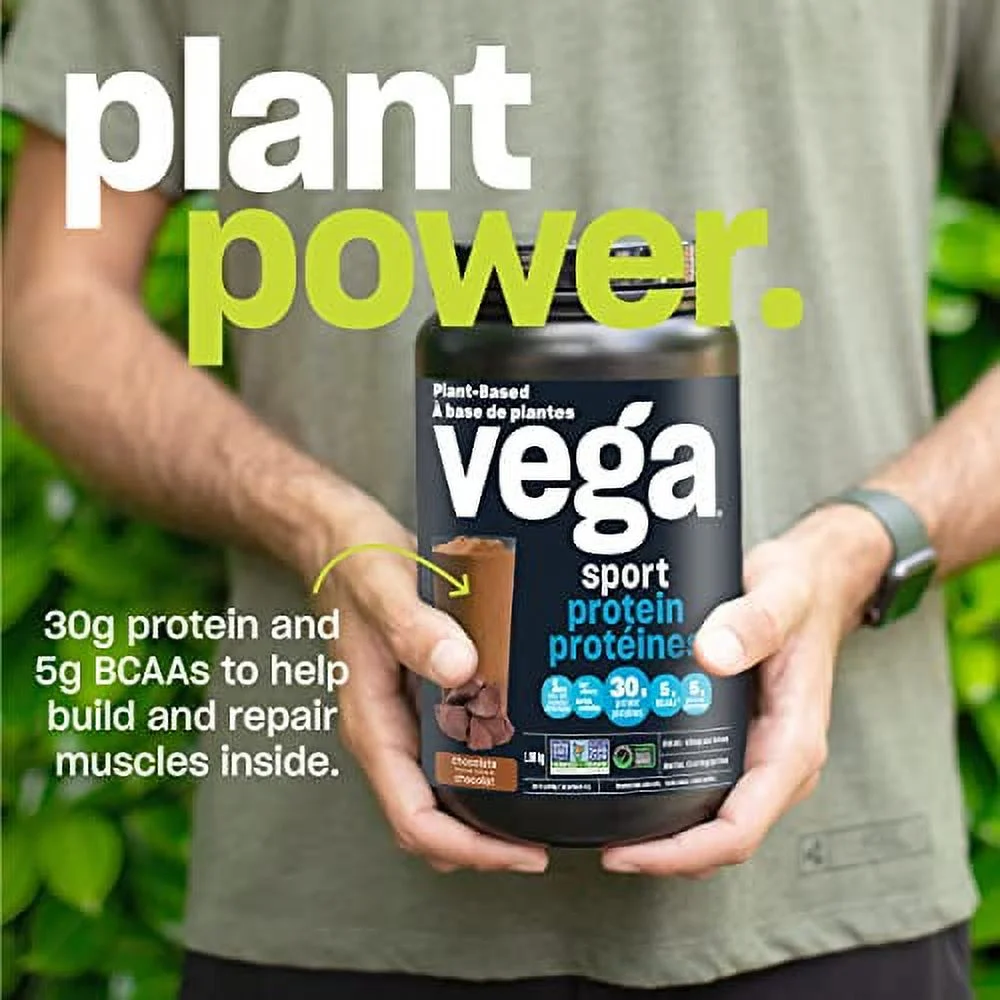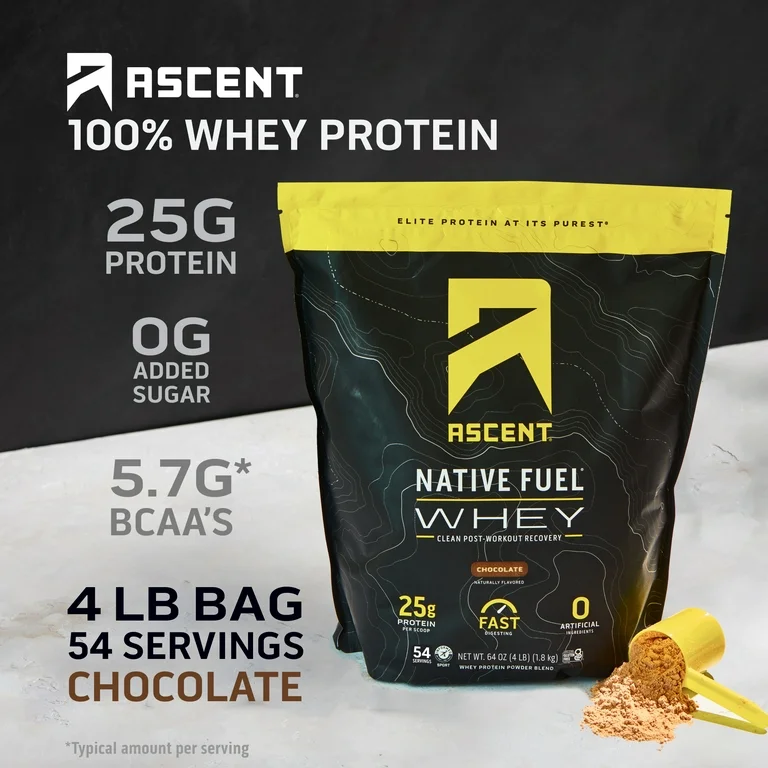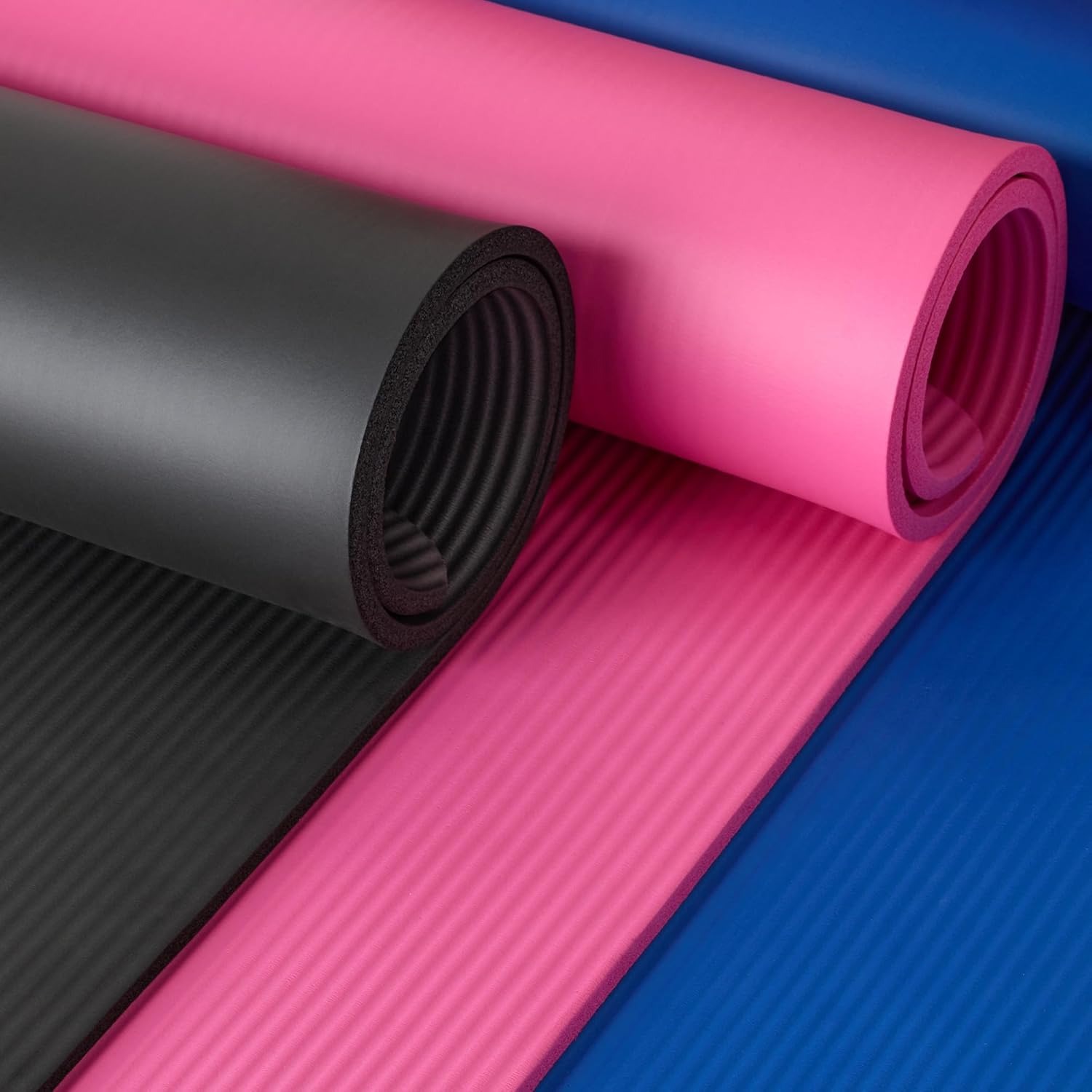Step-by-Step Guide to Making Your Protein Powder
Creating your own protein powder at home is an exciting journey. It gives you control over ingredients, nutrition, and flavor. Follow these simple steps to make a protein powder that’s tailored to your preferences and dietary needs.
- Choose Your Protein Base: Start by selecting a high-quality protein source. Options include whey, casein, soy, pea, and rice proteins. Mix different sources for a complete amino acid profile.
- Pick Organic Options: Aim for organic and non-GMO ingredients to ensure purity. They may cost more but are worth it for your health.
- Find Trusted Suppliers: Research suppliers thoroughly. Look for quality, pricing, and certifications. Reliable suppliers mean consistent ingredient quality.
- Create Your Blend: Combine your protein base with flavors and sweeteners like stevia or monk fruit. Add chia or flax seeds for fiber and omega-3s.
- Mix Dry Ingredients: Use a blender or food processor to mix everything into a fine powder. Ensure a smooth texture for better blending in liquids.
- Add Extra Nutrients: Boost the nutrition of your powder with extras. Add spirulina, maca, or cocoa for more benefits.
- Package Your Powder: Store your protein powder in an airtight container. Keep it in a cool, dry place away from direct sunlight.
- Label Your Product: Design a personalized label with the name, ingredients, and nutritional facts. Apply it to your packaging for easy identification.
- Ensure Quality Control: Keep your making process clean and precise. This guarantees consistent quality and flavor. Test each batch before use.
Remember to balance the proteins, flavors, and additives. Keep things simple, and don’t be afraid to experiment. In a short time, you’ll have a protein powder that’s uniquely yours.
Identifying Quality Ingredients for Optimal Nutrition
The key to a great homemade protein powder lies in its ingredients. Choose wisely to get the best nutrition. Here’s how to spot top-notch ingredients:
- Protein Source: Pick the right protein base. Whey and casein are good for high bioavailability. Pea and soy proteins are perfect for complete plant-based options.
- Organic and Non-GMO: Go for organic and non-GMO choices like chia seeds. They offer cleaner nutrition and are worth the extra cost.
- Trusted Suppliers: Find suppliers with good reviews on quality and safety. The right suppliers ensure consistent, high-grade ingredients.
Seek out the best for a stellar homemade protein powder. This way, your powder will not just feed muscles, but also promote overall health.
Crafting the Perfect Protein Blend for Personalized Health
When creating your protein powder, the blend is key. Aim for a mix that meets your health goals. Here’s a simple approach to getting it right:
- Combine Proteins: Use different protein sources. This gives a range of amino acids. Think whey, soy, or pea proteins.
- Check for Amino Acids: Ensure your blend has all nine essential amino acids. This is vital for a complete protein.
- Taste Matters: Add natural flavors like vanilla or cocoa. They make your powder taste good.
- Add Fats and Fibers: Include seeds like chia or flax for fiber and healthy fats. They boost your powder’s health benefits.
- Customize Your Mix: Tailor your blend to your diet. For gym-goers, add more muscle-supporting ingredients. For vegans, stick to plant proteins.
- Balance is Key: Don’t let one ingredient overpower others. Balance flavors and nutrients for the best result.
By following these steps, you can make a protein powder that’s just right for you. It can support your health in a way that store-bought powders may not. Keep trying different combinations until you find your perfect match.

Flavoring Your Protein Powder Naturally
When it comes to homemade protein powder, flavor is essential. Here’s how to add tastes naturally:
- Choose Real Foods: Ingredients like cocoa, vanilla beans, and cinnamon add flavor without chemicals. Pure and simple.
- Go for Herbs and Spices: They’re powerful in taste and health benefits. Think turmeric or ginger for a kick.
- Use Dried Fruits: Grind them up for a sweet touch. Dates or berries work well.
- Natural Sweeteners: Stevia or monk fruit can sweeten without sugar. Use them sparingly.
- Experiment with Extracts: Vanilla or almond extract can add a new depth to your blend.
- Roast Your Nuts: It gives a richer flavor. Just cool them before powdering.
By using these natural options, you create a wholesome taste. It adds to the health benefits of your homemade protein powder.
The Role of Additional Nutrients in Enhancing Your Protein Powder
Including extra nutrients can make your protein powder better. It’s like giving your body a bonus. With the right mix, you can support your immune system, bones, and more. Let’s see how to boost your powder.
Add Vitamins and Minerals
Vitamins and minerals are key for health. They help with many body functions. Mix them into your powder to fill any gaps in your diet. Ingredients like spirulina or cocoa powder are good sources.
Include Omega-3s for Heart Health
Chia or flax seeds are full of Omega-3 fatty acids. They support heart health. Grind them fine and add to your powder for an extra health boost.
Fiber for Digestion
Fiber helps you digest food better. Adding a bit to your protein powder can help keep you regular. It can also help you feel full. Seeds like chia or flax also have good fiber.
Antioxidants for Protection
Antioxidants fight damage from stress and pollution. Cocoa powder has lots. A little sprinkle in your protein powder can help shield your cells from harm.
By including these additional nutrients, your homemade protein powder can be more than just protein. It’s a step toward better health, all from your kitchen.

Packaging and Labeling Your DIY Protein Powder
The final touches to your homemade protein powder are packaging and labeling. Proper packaging keeps your powder fresh. The label shares important information. Here’s how to do both right.
Choose the Right Containers
Select airtight containers for your protein powder. This protects it from moisture and air. Use glass jars or resealable bags. Make sure they are clean before filling.
Design Informative Labels
Create labels with all the necessary details. List the name, ingredients, and nutritional facts. Add serving size and storage instructions. Use clear, easy-to-read fonts.
Keep It Legal
Follow food labeling laws in your area. Include any allergen warnings if needed. This step is crucial if you plan to sell your powder.
Make It Attractive
Your label should catch the eye. Use colors and designs that stand out. But keep it simple and related to your powder’s natural brand.
Stick to the Facts
Be honest on your labels. Only include what is truly in your powder. This builds trust with users.
By taking care in the packaging and labeling, you ensure your protein powder is ready for use. It also looks professional, whether for personal use or sale.
Understanding Safety and Quality Control for Homemade Supplements
Making your own supplements calls for strict safety and quality practices. Here’s how to ensure both:
- Clean Workspace: Always start with a clean area. This prevents dust and germs from getting into your powder.
- Fresh Ingredients: Use ingredients that are fresh and free from spoilage. This keeps your powder safe to consume.
- Accurate Measurements: Be precise in your recipes. This makes sure that each batch has the same nutritional value.
- Batch Consistency: Check each batch for taste and texture. This helps maintain a reliable product.
- Airtight Storage: Store your powder in tight containers. It stays dry and keeps longer this way.
- Labeling: Put clear labels on your product. They should show all ingredients and use-by dates for safety.
- Regulations: Know the local laws for food and supplements. Following them is important if you plan to sell.
- Test Your Product: If possible, have the powder tested in a lab. This checks for toxins or contaminants.
By following these steps, you ensure that your homemade protein powder is safe and high quality. It is good for health and ready for others to use.

Tips for Storing Your Homemade Protein Powder
Storing homemade protein powder correctly is essential for maintaining freshness and nutritional value. Here are some tips to ensure your powder stays in optimal condition:
- Use Airtight Containers: Choose containers that seal tightly to keep out moisture and air. Glass jars or resealable plastic bags work well.
- Keep It Cool: Store your protein powder in a cool, dry place. Heat can cause it to degrade.
- Avoid Sunlight: Direct sunlight can damage the nutrients in your powder. Find a dark spot in your pantry or cupboard.
- Check for Freshness: Smell your powder before use. If it smells off, it may not be good to consume.
- Use Fast: Homemade powders lack preservatives. Try to use them within a month for best quality.
- Keep It Dry: Even small amounts of moisture can create mold. Ensure your container is dry before filling it.
By following these storage tips, you’ll help ensure your protein powder retains its taste and health benefits for as long as possible.
Avoiding Common DIY Protein Powder Mistakes
When making protein powder at home, common mistakes can affect the quality and taste. Here’s how to avoid them:
- Diversify Protein Sources: Relying on one protein type can limit amino acids. Mix different sources such as whey, pea, and rice proteins.
- Be Careful with Sweeteners: Too much can lead to high sugar intake. Use natural sweeteners like stevia sparingly.
- Ensure Smooth Texture: If powder is coarse, it won’t blend well. Grind ingredients into a fine powder for better consistency.
- Proper Storage: Keep powder in airtight containers in a cool, dry area. This prevents spoilage and maintains freshness.
- Nutritional Knowledge: Understand the protein content and nutrition of each ingredient. Balance your powder’s nutritional composition.
- Consult Regulations: If selling your powder, know the local food and supplement laws. Ensure your product complies with regulations.
Following these tips will help create a high-quality, tasty protein powder that’s safe and nutritious.

Frequently Asked Questions About Homemade Protein Powders
When diving into the world of homemade protein powders, some questions often arise. Let’s address these to ensure you can make high-quality, nutritious protein powders at home.
What are the benefits of making protein powder at home?
The main benefits include controlling ingredients for quality and nutrition, avoiding additives, and personalizing flavors. You can also adapt recipes to dietary needs.
Can I achieve the same protein quality at home as store-bought powders?
Yes, with careful selection of high-quality protein sources and proper blending techniques, you can create a powder that rivals commercial ones.
How long does homemade protein powder last?
Homemade protein powder usually lasts about 1 month when stored in a cool, dry place in an airtight container.
Is homemade protein powder cost-effective?
Initially, the cost may be higher due to purchasing quality ingredients in bulk. But in the long run, it can be more cost-effective compared to store-bought alternatives.
How do I know how much protein is in my homemade powder?
Use an online nutritional calculator to estimate the protein content based on the ingredients you use.
What is the best way to blend ingredients into a fine powder?
A high-speed blender or food processor is best for creating a smooth, fine powder from various ingredients such as seeds, nuts, and grains.
Are there any ingredients I should avoid?
Stay away from ingredients with a lot of added sugars or unhealthy fats. Choose high-quality, non-GMO, and organic options when possible.
How can I flavor my protein powder without adding sugar?
Use natural flavorings like pure vanilla extract, cocoa powder, or ground cinnamon for sweetness without sugar.
By answering these frequently asked questions, you’re better equipped to make your own protein powder to sell or for personal use that’s both healthy and delicious.



